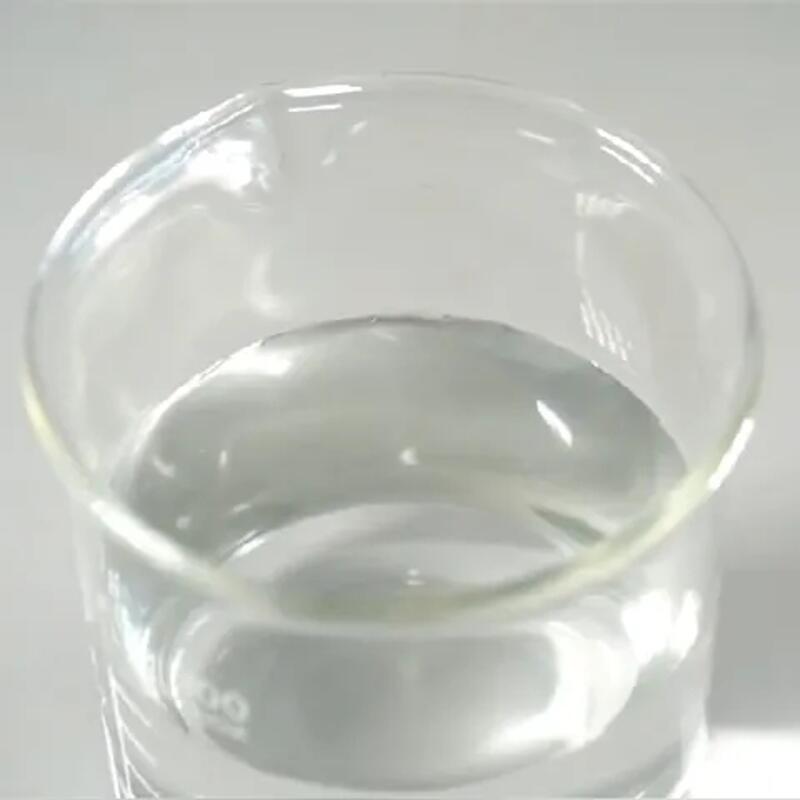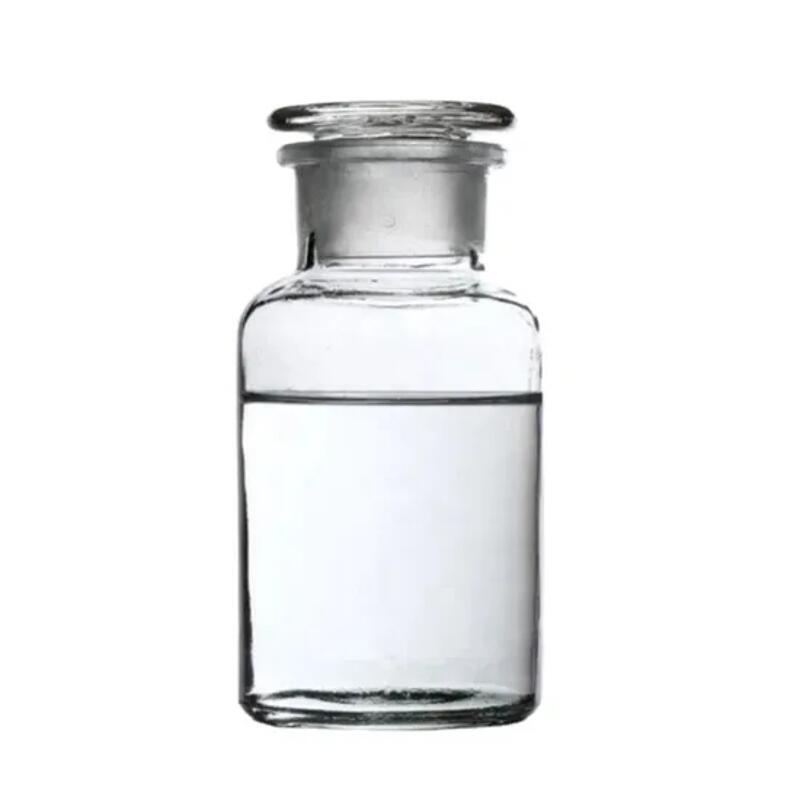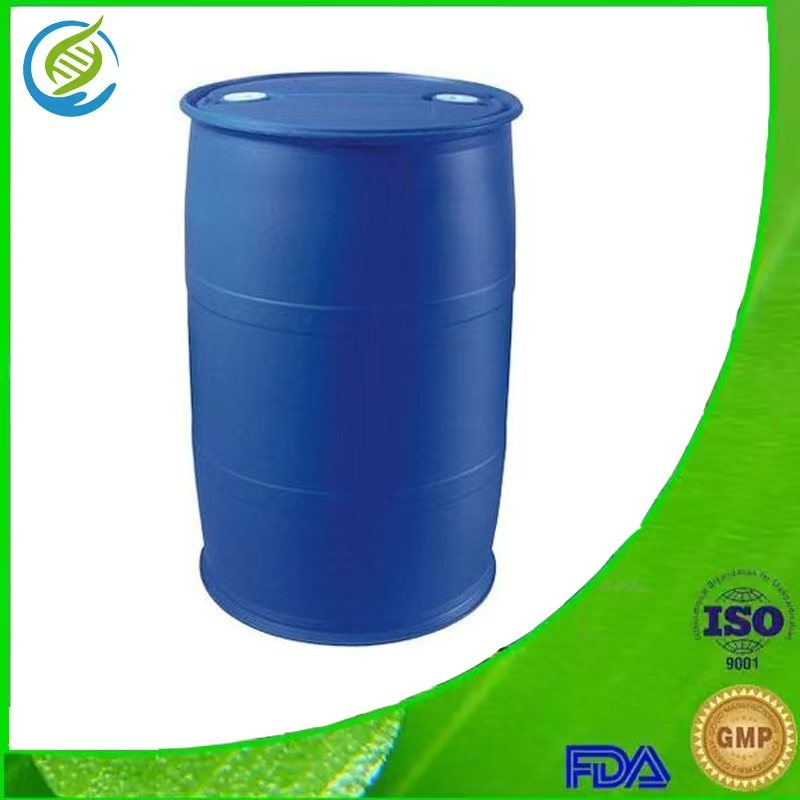-
Categories
-
Pharmaceutical Intermediates
-
Active Pharmaceutical Ingredients
-
Food Additives
- Industrial Coatings
- Agrochemicals
- Dyes and Pigments
- Surfactant
- Flavors and Fragrances
- Chemical Reagents
- Catalyst and Auxiliary
- Natural Products
- Inorganic Chemistry
-
Organic Chemistry
-
Biochemical Engineering
- Analytical Chemistry
-
Cosmetic Ingredient
- Water Treatment Chemical
-
Pharmaceutical Intermediates
Promotion
ECHEMI Mall
Wholesale
Weekly Price
Exhibition
News
-
Trade Service
The patient, female, 52 years old, 50kg, due to "hepatic envelope disease" in the general anaesthetic down "hepatic envelope sac sub-total excision." Repeated right upper abdominal pain for 1 year, did not complain of chest tightness, heart palpitations, chest pain and so onIn the past, the general health status, in 2006 and 2008, respectively, the removal of liver-wrapped insects, no history of infectious diseases, no history of drug allergiesPreoperative physical examination: HR102 times /min, BP105/75mmHg, RR18/min, body temperature 36.3 degrees C, cardiopulmonary hearings did not show significant abnormalitiesspecialist examination: abdominal puffing, abdominal is visible about 10 cm long old surgical scars, the right side of the upper abdomen and sword under the scar is fuller, the liver and spleen did not touch the swelling, no mobility turbidsound, no beating slap in the two kidney areas, normal intestinal soundAuxiliary examination: enhanced CT show liver right rear leaf upper segment round type low density lesions to consider liver envelope disease, liver left outer section of the back edge, the left side lesions of the gate vein also consider liver encapsulationBlood, urine routine, blood clotting time, liver and kidney function and electrolyte are normal, chest X-rays did not see abnormalECG show sinus heart rhythm, moderate ST low, T-wave abnormality, consider the front side wall, lower wall ischemia, preoperativediagnosisfor hepatic echinocosisthe patient's open intravenous infusion channel after entering the room to give the static drop compound sodium lactic acid 500 ml, the connection monitor continuousmonitor HR, BP, SpO2, ECGAnesthetic induction: in turn static injection of Midazolam 3mg, propofol 80mg, Shufentani 15 mg, Viku bromine ammonium 6mg, oxygen denitrogen 5min after-line trachea intubation, fixed catheter depth of 22 cm, smooth process, vital signs stable: HR68 times / score, BP127/75Hgmm, SpO2 99%Machine-controlled breathing: VT450ml, RR12/minanaesthetic maintenance: continuous pump with propofol 4mg kg-1 h-1, Riffentani 1?g.kg-1.min-1, every 40 minutes intermittent static injection of Viku bromine 2mg, the active signs in the operation to maintain a stable, PETCO2 remained at 32 to 45mmHgAfter surgery to separate cyst adhesion,preventionstatic injection of nylon sodium amber at 40mg when the operator with 95% alcohol fixed the sac, take 30 ml of empty needle to take the sac wall without blood vessels cut about 2 cm, suction of the sac calcification tissue and sac fluid about 500 ml of bright liquid, 53min after the operation began, at this time the patient SpO2 suddenly dropped, airway pressure increased to 40 cm H2O or more, the operation was suspended to save patients In order to exclude the catheter too deep to one side of the pulmonary bronchial bronchial tube, trachea catheter from the door teeth 22 cm adjusted to 20 cm, double lung hearing: left lung breathing sound is extremely weak, the right lung can smell and weak breathing sound accompanied by small exhalation sound, considering bronchospasm, immediately change the machine-controlled breathing for hand-controlled pressure to oxygen, static injection of nylon sodium amber acid 80mg, ammonia tea 0.25g no significant improvement in airway pressure after 2min, SpO2 continued to drop as low as 38%, HR114 times/min, BP88/52mmHg Continue hand-controlled breathing, after 10min continue to static injection of methyl-sprinkled nylon sodium amber at 40mg, ammonia base 0.25g dissolved in water 50ml continuous pump injection, at this time SpO2 slowly recovered to more than 70%, airway pressure is still maintained at 25 cmH2O above, double lung hearing is improved, left lung can smell and respiratory sound with obvious sound, right lung breathing tone to give glucose to continue to give calcium After 20min, double lung stethoscope breathing sound left weak right strong asymmetry, no obvious shing sound Airway pressure gradually recovered to 15 to 20 cmH2O, CO2 waveform near normal, SpO2 gradually increased to 98% rapid examination of arterial blood gas results: pH7.3, PaO2143mmHg, PaCO248mmHg, BE-5.1mmol/L, K-2.9mmol/L During this period, the heart rate did not see abnormal, HR fluctuations were in the base value of 20%, BP showed a slight decrease, but maintained at 80/45mmHg or above, giving dopamine 10mg/h continuous pump injection The operator continued the operation and successfully completed the procedure, retaining the trachea catheter to the ICU to continue ventilator SIMV treatment, vital signs to maintain stability, HR95 times / score, BP114/82mmHg, SpO2 98% After 5h stop ventilator-assisted breathing, double lung breathing sound thick, left lung can smell and scattered in the end of the inhaled sputum sound, after waking to remove the trachea catheter The next day the patient was transferred to the general ward and discharged two weeks later discuss
hepatic encapsulation is an allogeneic protein, when the cystic fluid comes into contact with the body to trigger the body to release histamines and other chemical media, a variety of media with the blood flow to the whole body and cause a series of allergic reactions Therefore, prevention of allergic reactions caused by sac spills is one of the keys to the procedure of liver encapsulation surgery Sac fluid can be caused by overflow into the body cavity or directly into the blood circulation two ways to trigger allergic reactions, in which the encapsulation fluid spillinto the abdominal cavity is the main reason, in the separation of cysts and liver tissue when the deep sac wall easy to cause cyst rupture, due to the high pressure of the sac sacs in the puncture of the bacteria can be sprayed out of the contaminated field the case of the lesions site location is higher in the upper part of the right back ale of the liver, and there are two surgical history, with the shin muscle and membrane adhesion is serious, the operation is difficult, after the extraction of the internal sac fluid rapidly occurs bronchospasm, considering that the patient is the bronchosine allergic reaction caused by the outer leakage of the internal cystic fluid Therefore, the surgeon in surgery needs to carefully separate, with dry yarn pads around the nearby organs completely separated to enhance protection, the use of 95% alcohol curing sacs, puncture sacs attract attention to attract smooth At the same time, in order to prevent the encapsulation sac fluid directly into the blood of the human liver, the procedure should pay attention to puncture can not damage the liver blood vessels , to prevent the encapsulation fluid through the puncture needle hole suction into the liver sinus and into the blood circulation in addition, requires the surgery of the anaesthetic smooth, especially when removing the inner sac should be more avoidcough, body movement and other adverse reactions, so as to avoid the leakage of the bag leakage pollution Bronchospasm during perioperative surgery is often characterized by hearing lung shing or respiratory tone disappearance, sudden increase in airway resistance, continuous decline of SpO2 and CO2 accumulation caused by ventilation disorders, but easily misdiagnosed as improper tracheotoric catheter location, catheter blockage, pulmonary edema, inhalation of stomach contents, pulmonary embolism and so on in this case patients suddenly appear in the operation of airway pressure increase, SpO2 decreased, because the cyst before the cut has been given in advance of the methyl spray of sodium nylon sacchloride 40mg to prevent the possible allergic reaction, so first consider for the improper placement of the catheter caused by factors After exiting the tracheotomy slightly, the airway pressure continued to rise, SpO2 dropped, the hearing left lung breathing sound was extremely weak, the right lung smelland the weak breathing sound accompanied by a small exhalation sound, combined with the operation of the course to consider the severe bronchospasm caused by the bagsias allergy and give first aid treatment People with mild sac sac allergies develop a rash, and severe problems can cause breathing difficulties, anaphylactic shock and other symptoms the previous literature reported that the aesthemic attention focus on cyst puncture sachets when anaphylactic shock, this case patients with bronchospasm as the main performance, hemodynamics are relatively stable, the whole hemp state of other allergic signs performance is not typical, so there is a delay
diagnosis Therefore, the communication and cooperation with surgeons should be strengthened, close observation of changes in vital signs, timely combination of the degree of surgical progress, especially cyst puncture, removal of the time point is conducive to early diagnosis, early treatment In summary, the procedure of liver envelope worm disease is prone to allergic reactions, but it is rare to simply take bronchospasm as the main manifestation, especially in anesthesia should strengthen observation PETCO2 monitoring can timely reflect the ventilation changes, placed in the central venous catheter favorable blood transfusion, infusion and rescue drug channels, can reflect the hemodynamic changes in time, can make early diagnosis of sudden unexpected circumstances during surgery This case does not have a invasive arterial blood pressure monitoring, can not timely reflect the change serotonin blood pressure, slightly inadequate, so the condition of this type of surgery should be routine monitoring







